|
Oh wow, this is such a jam-packed question. It is not just about our current state, where a nice little “yes” or “no” fits but it really conjures up the journey behind the answer. But the answer is “Yes”. Everything that we own is now on Wild Horses. The only things we have “elsewhere” are cold weather clothes and some spare overnight things that we left at my parents’ place. And, our car. Everything else that we owned in our last pre-boat home has now been integrated into my parents’ belongings. Our bed, dresser, nightstands, plants, work desk is now theirs, although we will be using them over the next year, when we are back on land. The rest of our things were given to family or to charity over the years. Whew. It has been a long road getting here. We have been downsizing for awhile, knowing that our eventual goal was to live on a boat. It was a peeling-off-the-onion effort to get rid of our stuff but it is great to know that it all now is downsized enough to fit on Wild Horses. All the “stuff” that made the short list (i.e. the “I use/love this every day” list) actually found a home in the various pockets of boat storage around the boat. All our clothes, electronics, toiletries and stock-ups (tissues, toilet paper, paper towel etc), kitchen gear, dog stuff (including her crate), plus all our boat gear and Mike’s tools. Oh Mike’s tools. Mike is a handyman in the true sense of the word. And in the ways of such handy men, he had acquired a solid workshop full of tools over the twenty-five years of our togetherness. Working through these tools to get to the cream of the crop (those things we would keep on the boat) wasn’t easy. The first stab wasn’t so bad – chainsaws and bandsaws are not really necessary equipment on a boat. Shocking. The next several layers were harder. I would look at a tool and think “when would you even need such a thing…can’t you make due with another, similar tool?” and Mike would answer “nope”. And, so it went. Then we installed our steel arch on the boat and I had the a-ha moment that made me realize that sometimes you have to make extra room for single purpose stuff and certain tools definitely fall into that category. I was recruited into helping with the arch installation because I was the smallest person on hand and could ball myself up to fit into the back stern lockers where we had to attach the backing plates for the arch. The first three backing plates required only minimal yoga moves to allow me the positioning and dexterity to screw in the four screws with accompanying three washes. Without dropping anything. Dropping a piece meant untangling myself, finding the wayward piece of hardware and then getting back into position, a feat that took about fifteen minutes. Ugh.
Without saying a word, Mike reached into his toolbox (actually one of three of his toolboxes) and pulled out one of those tools. A little used piece of hardware whose sole purpose is to make another tool longer. A tool I had previously interrogated Mike about (When would you use it? How often? Is it really critical to keep?) and to which he would smile and answer “don’t know”. Well, that day, I knew. It was the only tool that allowed the job to get done. The job I had written off as impossible.
With that, our downsizing mantra changed from “I use/love this every day” to “I use/love this every day and a few extras guided by intuition”. This has helped Mike but has also given me some wins for my galley. And, yes, it all fits in Wild Horses. 😊 For the past week, we have been hanging out near Beau Rivage National Park island in the Thousand Islands. This is a popular but small anchorage, and one that we have rarely had the chance to enjoy. Until this spring, we both worked full time so we only had weekends and some holidays to get out on Wild Horses and by Thursday night, Beau Rivage is always fully packed with sailboats and powerboats, swinging away on their anchors, having already claimed their spot in this gorgeous part of the Thousand Islands. If we had a smaller boat, we might have been able to eke out a spot to drop anchor but Wild Horses is long and wide (for a monohull) and so she needs a fair bit of space to swing. She also needs at least a 2 metre depth to sit in. Any shallower and our keel would be hitting bottom. So, weekend after weekend, we would sail past Beau Rivage, onto larger anchorages where space isn’t such a premium. Not this year though. Getting to Beau Rivage on a Tuesday morning yielded a multitude of anchoring spots (yeah – retirement!).
Exploring our watery neighbourhood by dinghy is a treat. Snaking through the scenic waterways, each turn provides breathtaking views – exposing small land masses swallowed up by a tiny home, or larger desolate islands, ready to be explored by foot. Twisting through the islands, you really feel like you have found a place in time that is really quite magical. Friends of ours from Trident Yacht Club told us about an old shipwreck hidden behind one of these islands. The Briton was a 19th century coal schooner that was sunk and abandoned off the shallow waters of Mudlunta Island. It was incredible to see her enormous hull and steel rods, hanging on just below the waters edge, after over a hundred years. Peppered in amongst swimming, reading and island exploration, however, was a growing concern for our battery setup. We had installed a battery monitor a week ago to have a better idea of the state of our three battery banks – one dedicated to starting our engine, one for our bow thruster and then the really important one (to me!)…the house battery bank that feeds our lights, electronics, refrigerator and anything else we need for living aboard a boat. Our old system of monitoring our batteries involved just checking the volts, but as anyone who knows about batteries can tell you, that is at best an imprecise and clunky way of checking your battery states and, at worst, misleading. This is what happened with us.
Our battery monitor is providing some readings that cause concern (curiously low voltage on the bow thruster and starter) that requires some checking into. So, today we are weighing anchor and heading back to dock for an appointment with our trusty boat mechanic. Au revoir, Beau Rivage! We hope to be back soon! One of the first things I learned about sailing was that being flexible was critical. Not flexible in a yoga-type way (although that helps with maneuvering around the boat) but in terms of planning. As sailors, we create sail plans that are meant to be an intention of where we will sail our boat for a particular journey. We start from X and then will follow Y waterway and anchor in Z bay. But these sail plans, even as we write them down, we know are truly just “intentions”, something to target. Weather changes, gear or boat issues, or emerging problems along our plotted course can cause us to make a course or schedule correction. This is common, known and accepted…but not always easy. This is one of those times for the crew of Wild Horses. We have made the difficult decision to delay our journey to the Caribbean until September 2021. Our sail plan was to take us through the Intracoastal Waterway (ICW) which snakes along the eastern seaboard of the United States to Florida and then we would finally cross over the Gulf Stream to the Bahamas. A favourable weather window for this journey is from October to December. Miss the window and you wait a year for the next window. Or, you change your sail plan and take the offshore route (Out the St. Lawrence to Halifax then two Atlantic crossings, first to Bermuda then South to the British Virgin Islands). For us, we are choosing to wait a year, hoping that our ICW sail plan will be more favourable at that time. Why not just go now? First and foremost, the Canada-United States border is currently still closed to non-essential travel and it looks like it will be extended once again, perhaps to the end of the year or even longer. Even if the border opens, it will likely come with a travel advisory regarding COVID-19 in the United States. Our neighbours to the south are still in an upswing trajectory of cases, a trend that may not right itself any time soon. As my good friend Andrew likes to say “it is a sugar show”. The second concern for us is healthcare. Or, actually, healthcare insurance. We had planned on purchasing a product called Expat Insurance and, right now, pandemics are excluded. If we get sick, it could be at a considerable financial cost. Staying in Canada, we continue to benefit from our excellent healthcare system. This is huge, especially with Mike having severe asthma (controlled). Why not just go the offshore route? This year, we are not prepared for such an immense undertaking. The boat would need additional gear and we would need additional, experienced crew. Mike and I have no offshore experience so thorough planning and more training would be in order. This is not a route you take on a whim. However, it may be a route we need to consider for 2021 should the COVID-19 situation not improve in the United States over the winter.
I also plan to continue this blog. It is a joy to write and I love hearing from those following along our journey. Thank you to all who write in with questions, comments or just to say hey. Please keep coming back!
We have been at anchor for just under a week and we are already feeling back at home. For us, it is a comfortable and soothing sensation to be on a boat, swinging at anchor. Wild Horses is heavy (about 25,000 lbs) so she doesn’t noticeably wobble and tip as you move about her, like our smaller/lighter boats used to do. Floating at anchor on Wild Horses is more like being lightly rocked. We have never slept better!
Of course, being at anchor isn’t all easy-going, relax-in-the-cockpit-with-a-mojito moments. There is the occasional boating-related drama when, for example, another boat gets dangerously close to us while dropping or weighing anchor but, mostly, our drama is brought to us by good old mother nature. We were reminded of her strength a few times this past week when thunderstorms raged through our quiet anchorage. When these storms pass through, it is our only focus. The first, and strongest, was on July 2. As sailors, we check the weather often (hourly, at least) so that there are no surprises should the weather turn south. Early preparation for these events help protect your boat, your gear and your crew. Your anchorage may be a safe haven in calm winds but, through a storm, you may be backed up against your lee shore and praying your anchor holds. So, when Environment Canada issued a Thunderstorm Watch alert for the afternoon, our ears perked up. It is an interesting thing, thunderstorm watches and warnings. What is the difference? A “thunderstorm watch” is issued when a thunderstorm could happen whereas a “thunderstorm warning” is issued when a thunderstorm should happen. A gentleman from Environment Canada explained it to us this way: Think about baking a cake. You have to assemble all the ingredients, then you mix them together and throw that mixture into the oven. A “thunderstorm watch” is basically having all the ingredients assembled together. You don’t have a cake, but you have a lot of stuff that could make a cake. With a “thunderstorm warning” your ingredients have been mixed together and that cake is in the oven! The only question is whether it hits you or not. The thunderstorm, that is, not the cake 😊. Thunderstorms are dangerous on a boat for a few reasons. Obviously, they may bring cloud-to-land lightening, but they also often bring very strong winds and rain. When a thunderstorm watch is issued (or whenever the sky is looking a little ominous), we clear our decks of anything that isn’t tied down and close all the hatches. Experience has taught us that you prep for the storm when a “watch’ is issued because you may not have much lead time once it is a “warning”. We double check that the dinghy, usually tied to the stern, is tightly secured and empty. The cockpit either gets cleared of stuff (cushions, towels, books) or we put up our full enclosure, which protects the whole of the cockpit from rain and wind. Finally, the boat key is put in its ignition, ready to start the boat should things turn particularly nasty, which happened to be the case with this particular storm. The “watch” became a “warning”. The sky turned dark and thunder growled in the background. The first few droplets of rain hit our decks. Then the sky opened up and the wind increased from a calm 5 knots to what we guess was 60 knots (Sorry! In the drama, I forgot to eye the wind indicator to get a true reading). The force against the boat was immense – rain slammed our decks, white-capped waves slapped heavily against the hull and the boat felt as though it was hanging to its spot by a thread (truly, it is a tad more than a thread…we have an oversized 40 kg Rocna anchor and had deployed 100 feet of chain). Eyeing our lee shore, we started the engine and turned on our navigation lights as did all the boats in the anchorage. Confidence in your ground tackle (i.e. anchor, chain and rode) can only take you so far. Having the engine running is the best safety measure should an anchor fail. You would have only seconds before you smashed into shore, a dangerous proposition for the crew and for the boat. Our anchor held firmly and the first few signs of lightness in the sky allowed us to exhale. A few minutes after that, it was all over. The boat engine was turned off and we went about checking for damage and leaks. There were neither. The whole storm lasted only 30 minutes or so and, afterwards, the anchorage was returned to tranquility, as though we had imagined everything. Weather is weird. For the record, our pup Ocean slept through the whole storm. She is the heartiest of sailors! The winds were very calm for our trip from Iroquois (our maiden voyage for the 2020) which made navigation though the Iroquois “cut through” way less terrifying. It still wracked my nerves but at least with calm winds I could clearly see the rock cuts we had to make our way through. Note – they are numerous and look like they could do some heavy damage to our boat’s gelcoat! Calm winds, however, also means no sailing. Although we had to motor our way the whole eight hours, we had lots to entertain us. We passed two huge tanker boats, several OPP boats checking for impaired boaters (never drink and boat!!!), beautiful waterfront homes and gorgeous terrain. Our view from the boat was never boring! Here is our Canada Day in pictures. |
AuthorVictoria is a hiker, dog-lover, blog writer and planner extraordinaire. Oh, yeah and she is kind of fond of living on a boat. Categories
All
Archives
June 2024
|
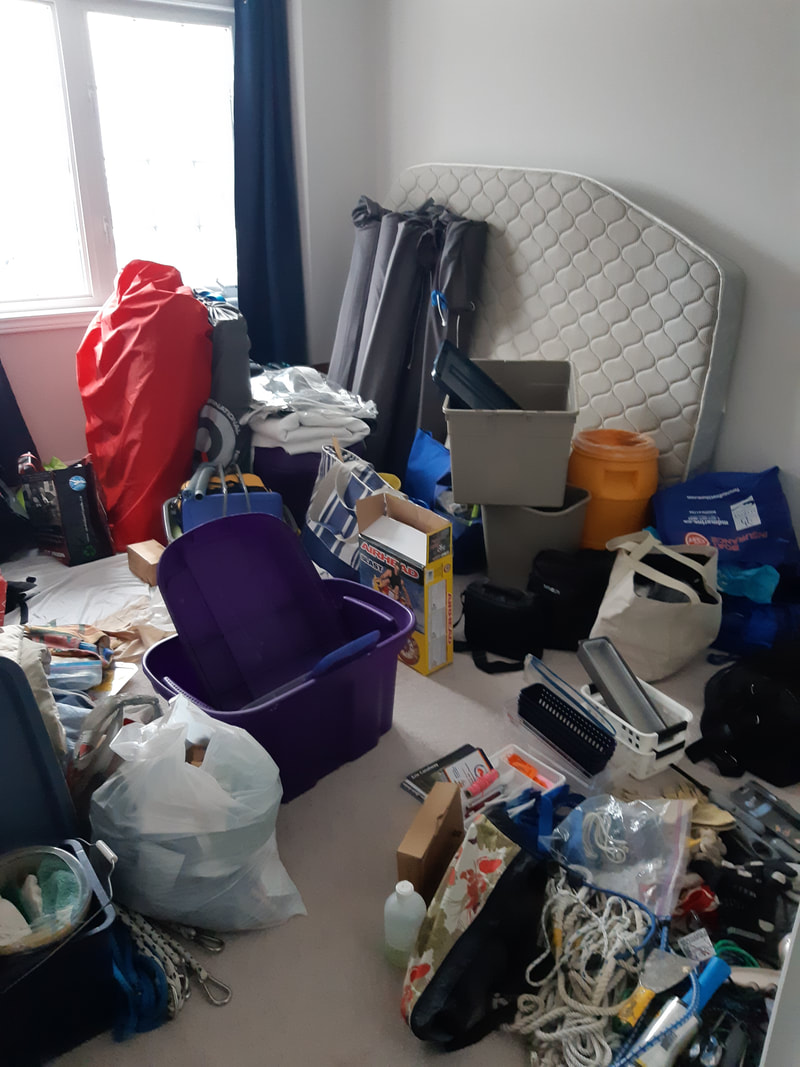
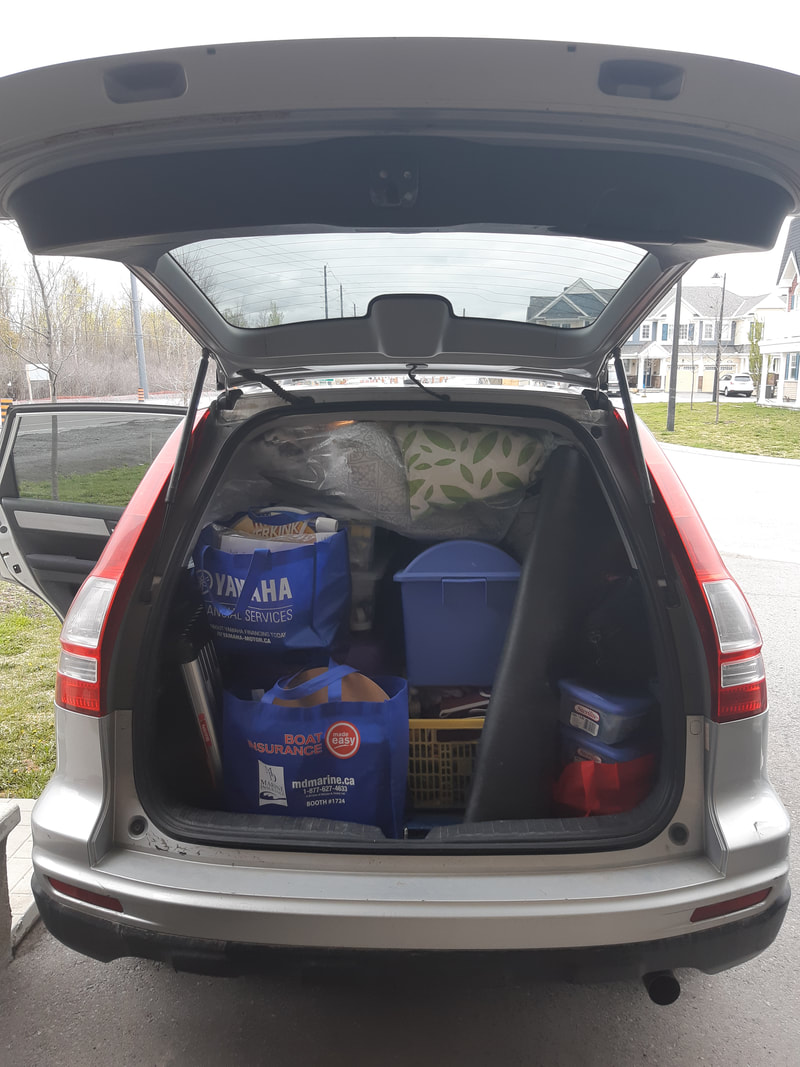
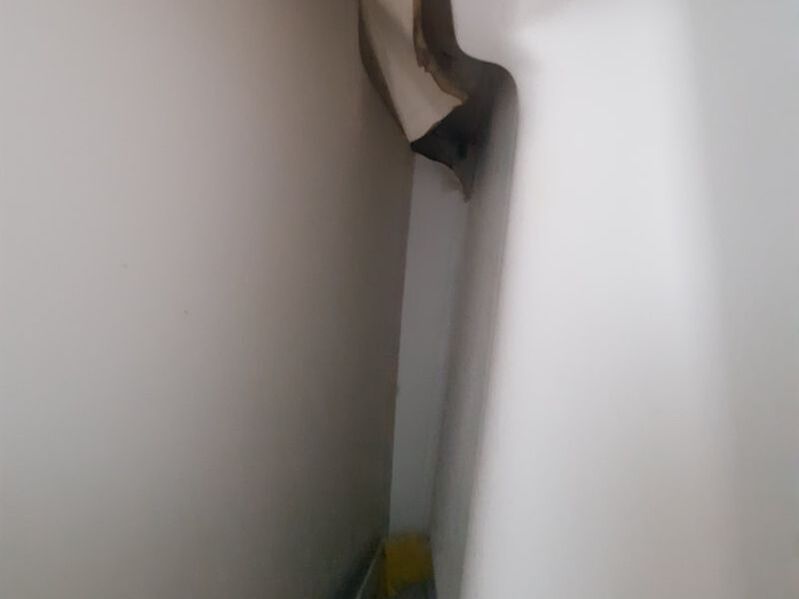
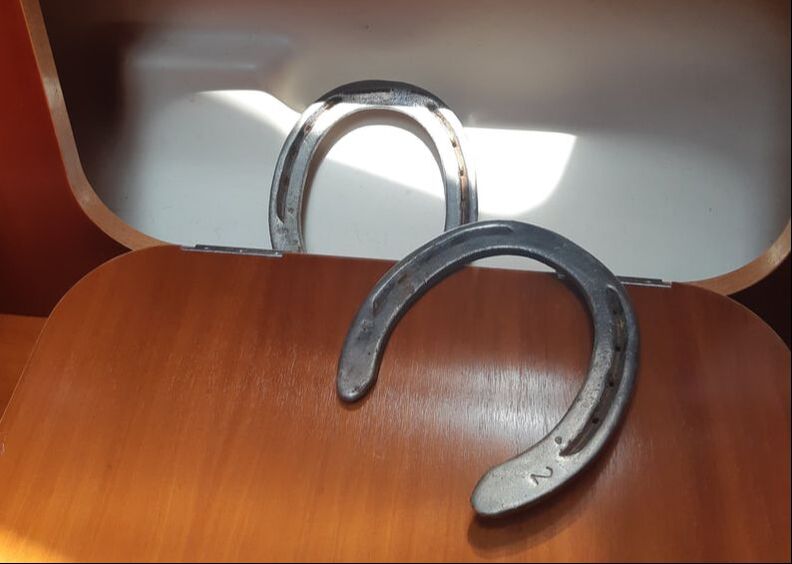
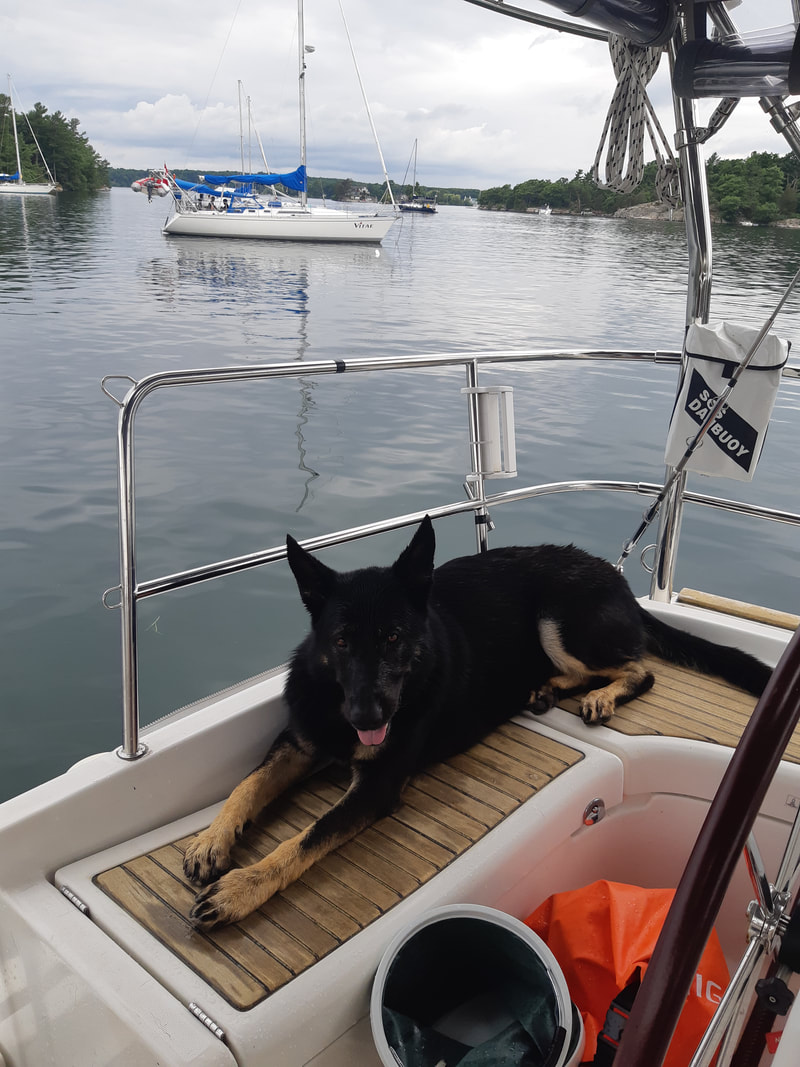
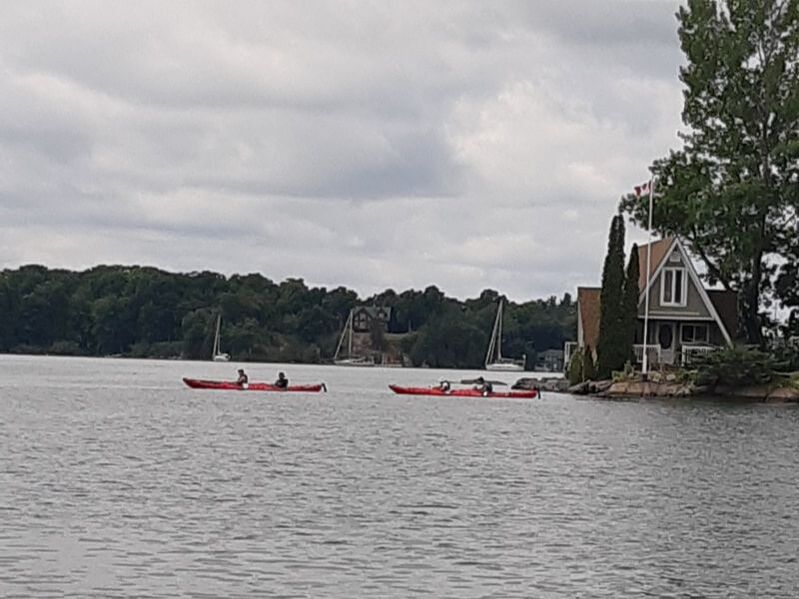
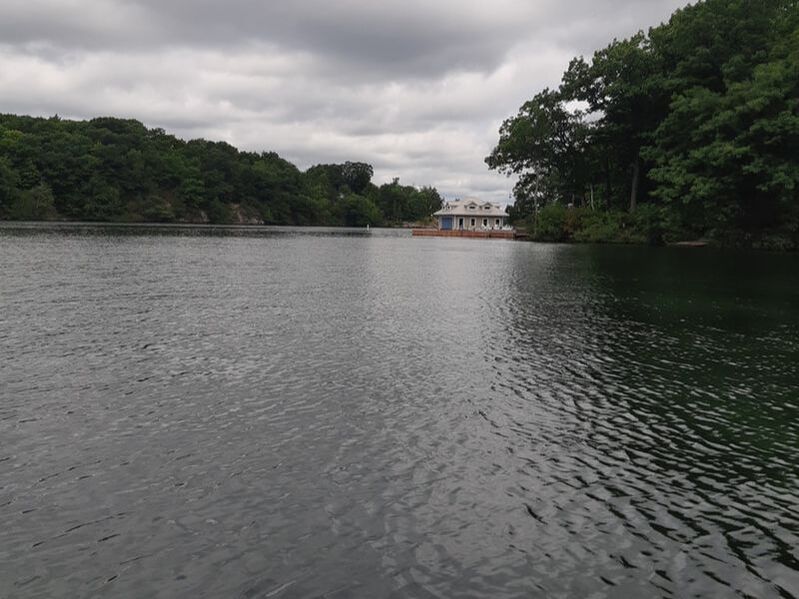
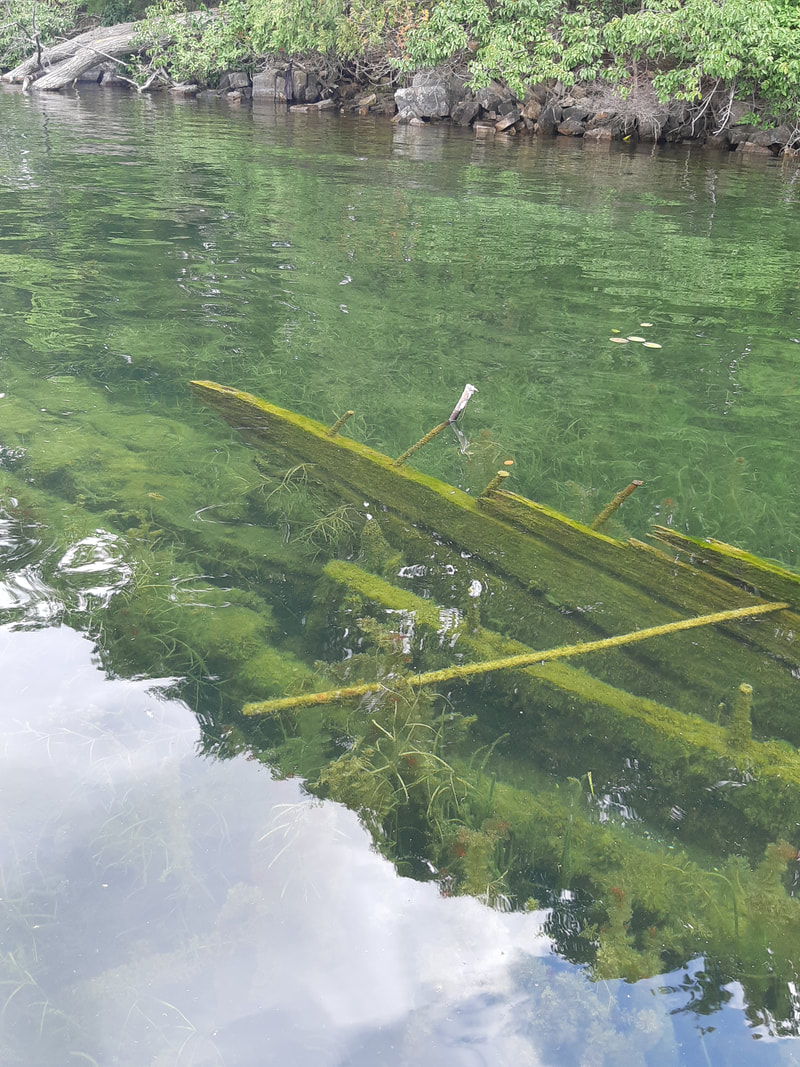
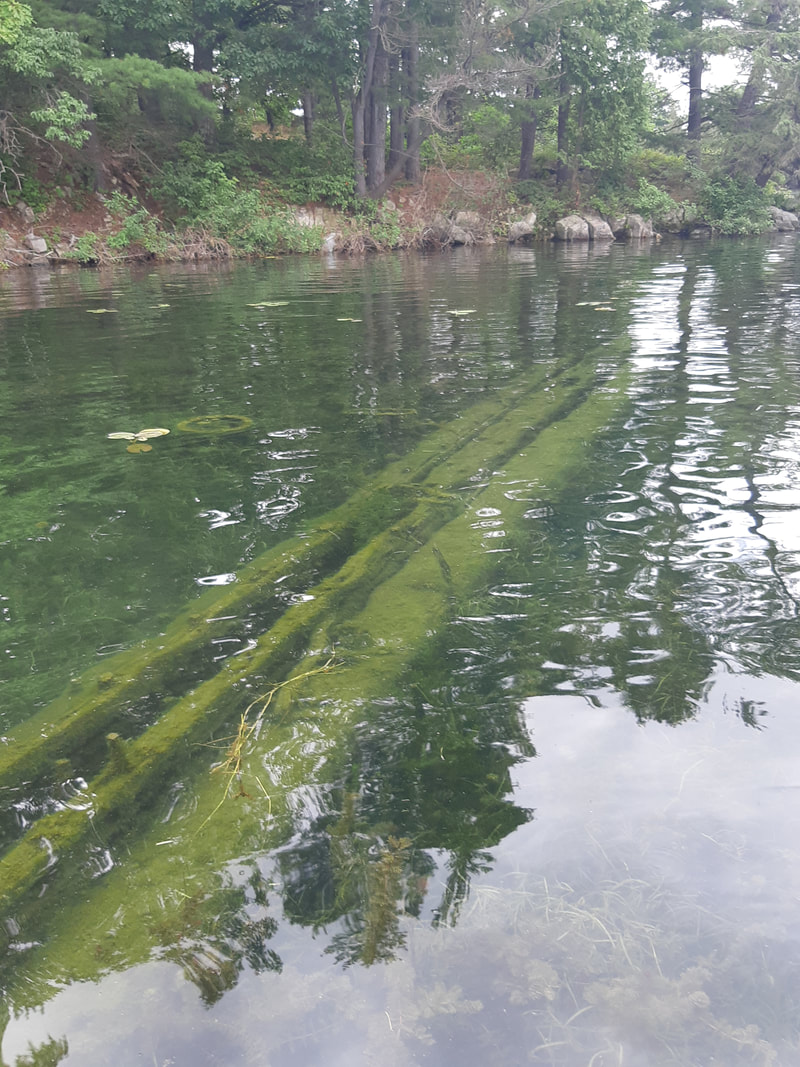
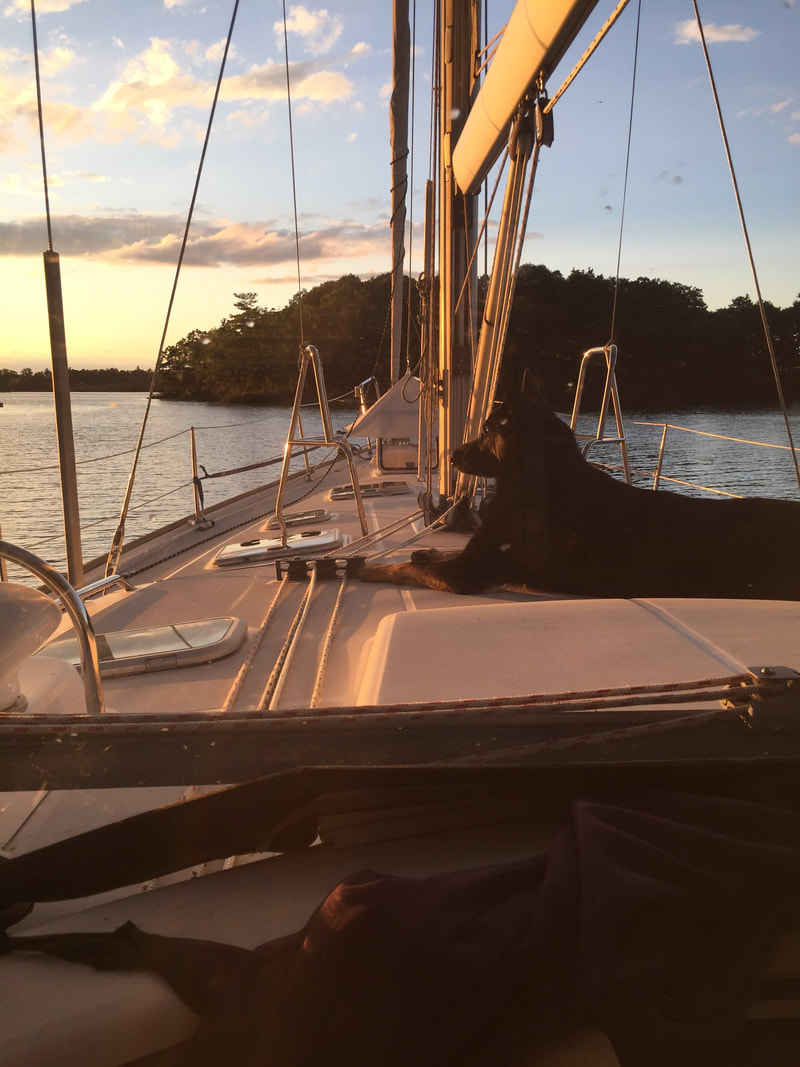
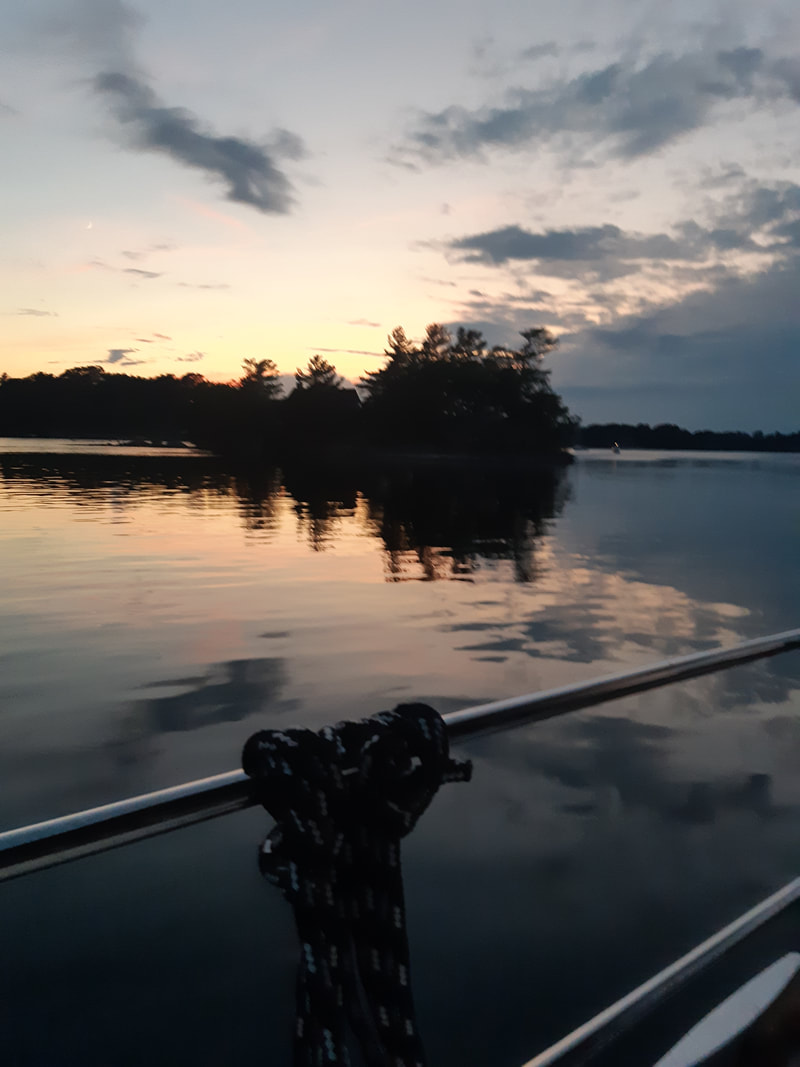
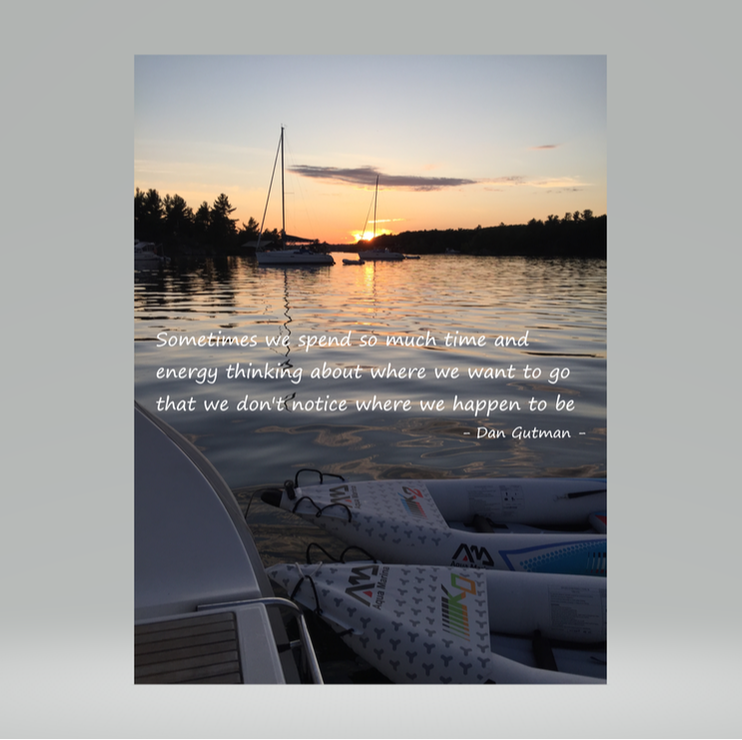
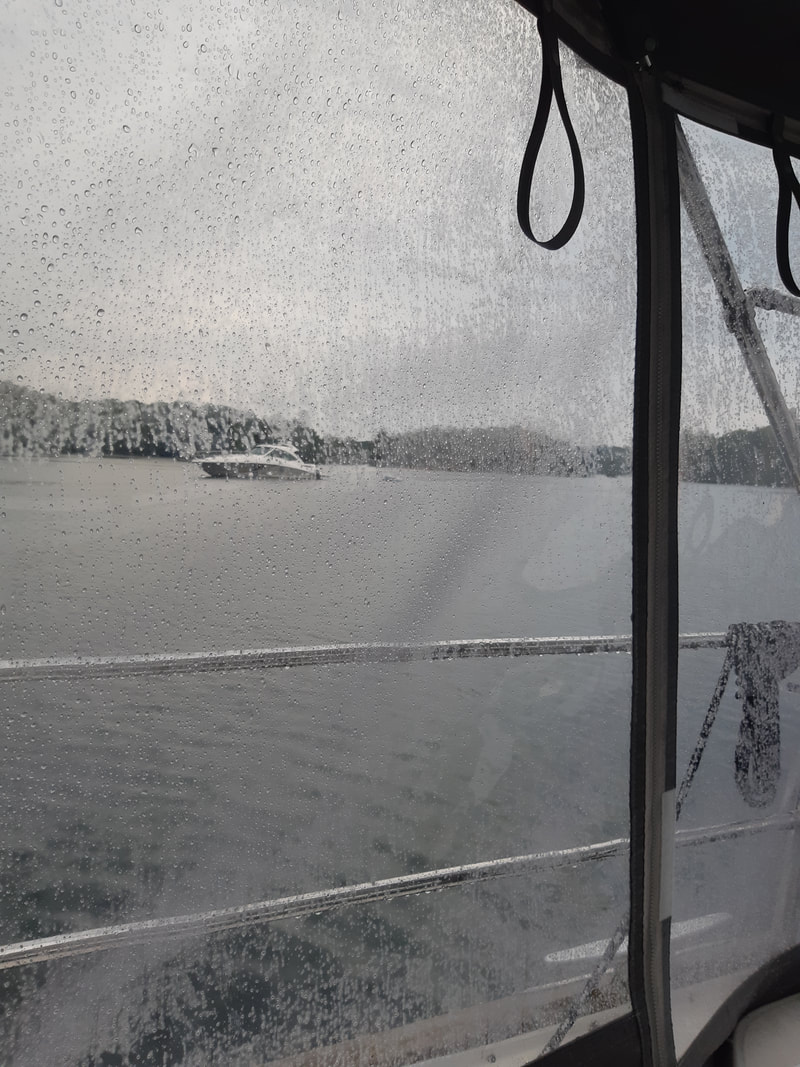
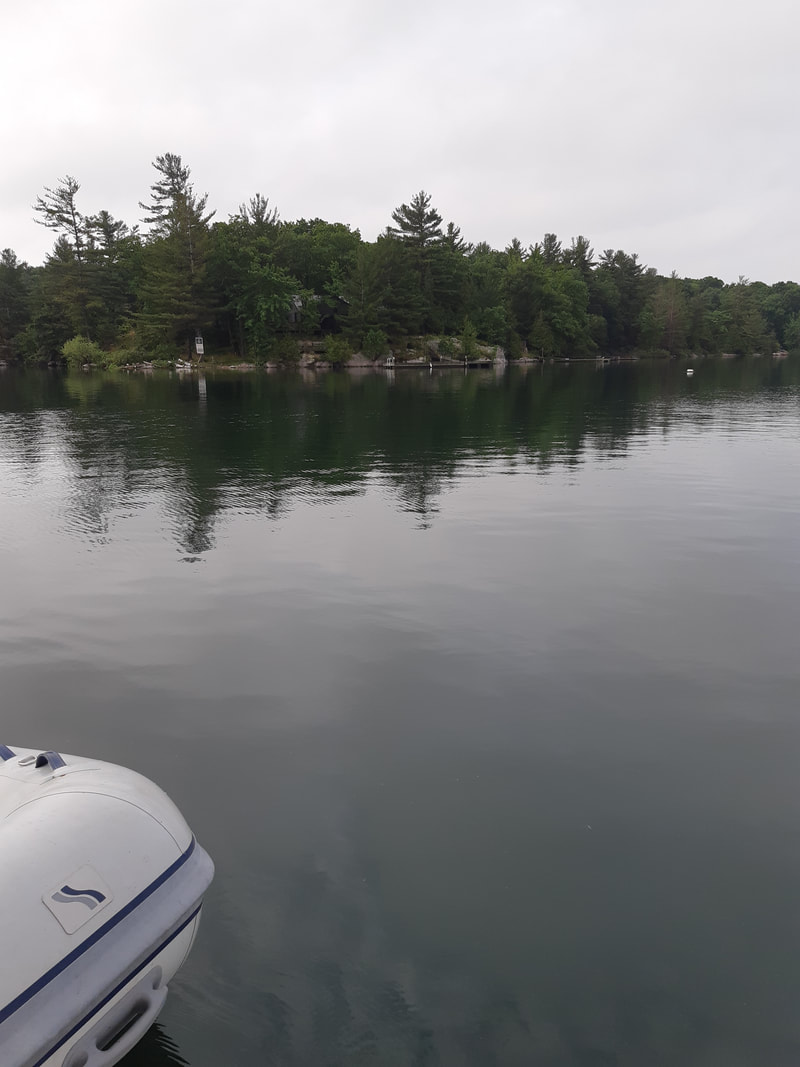
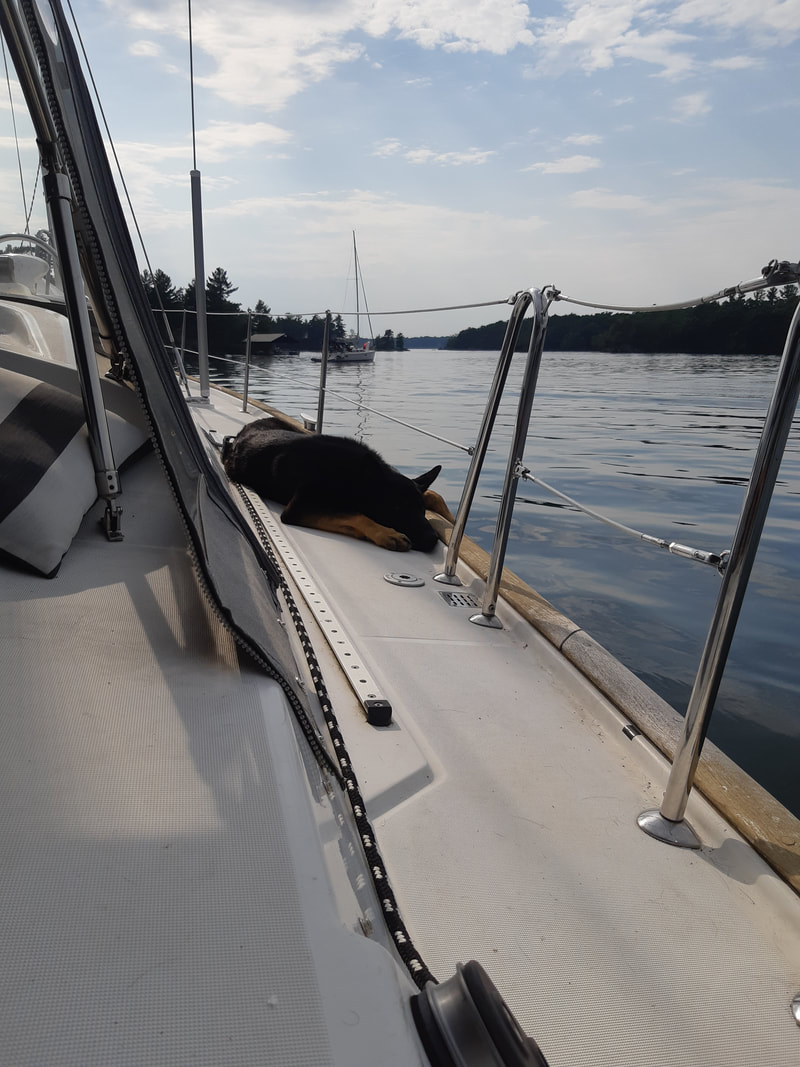

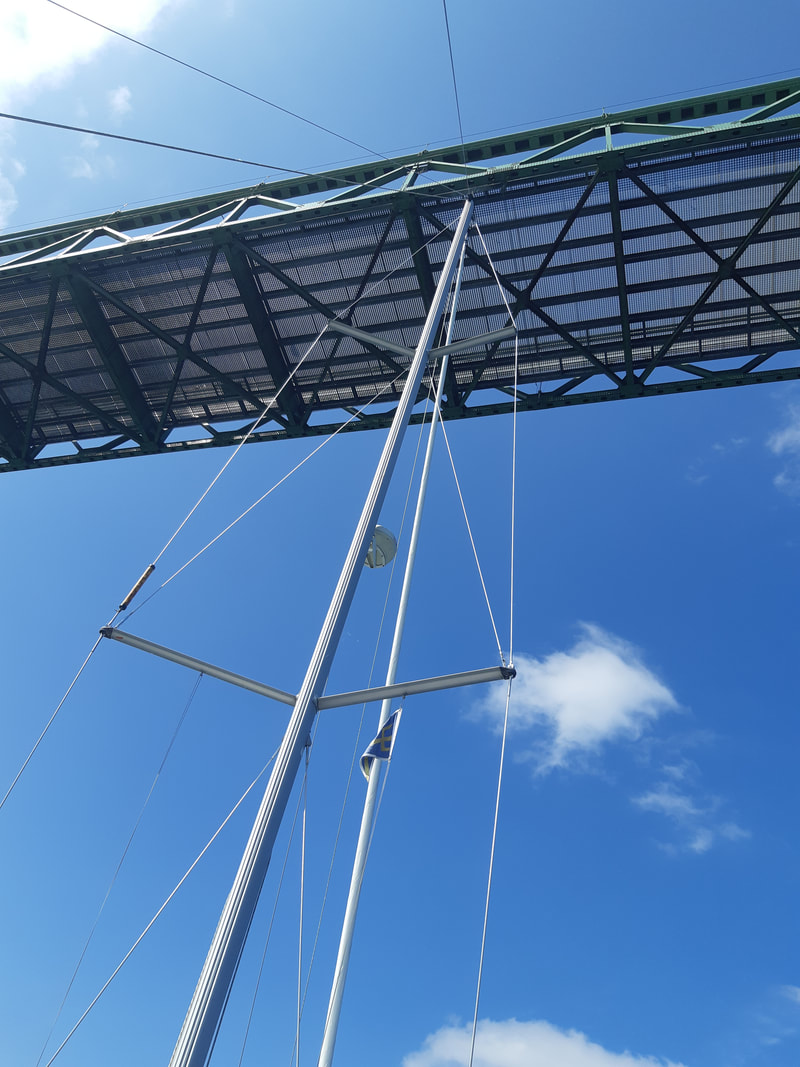
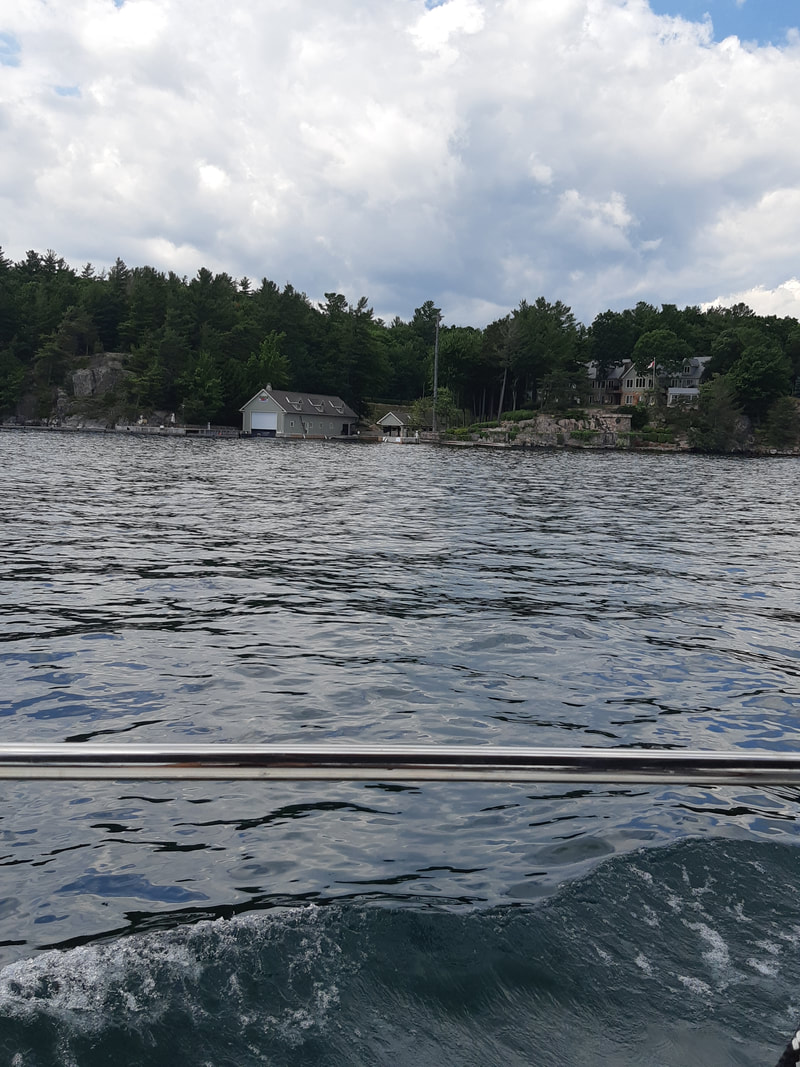
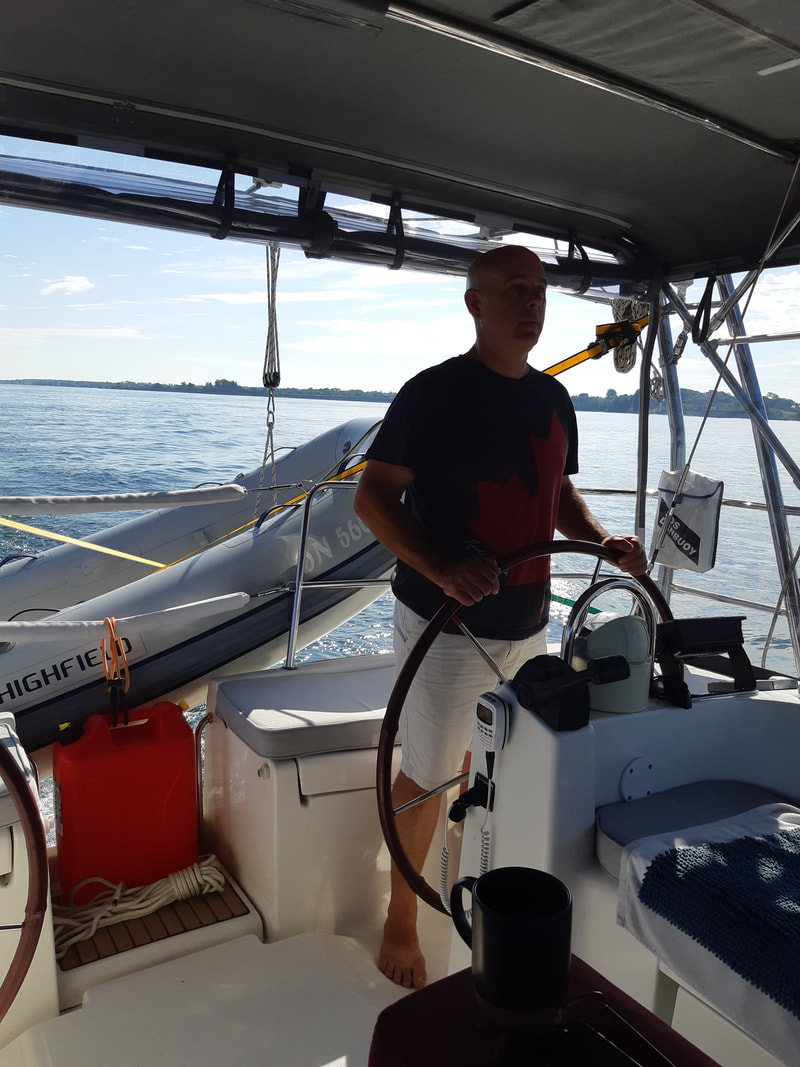
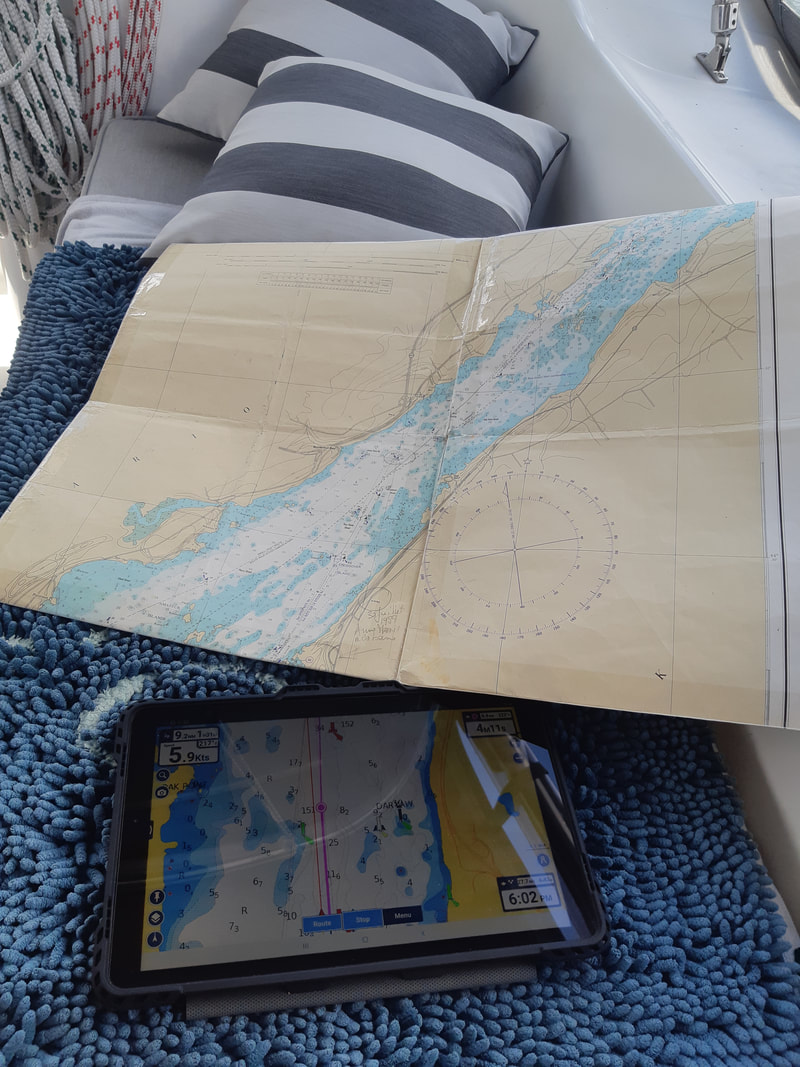
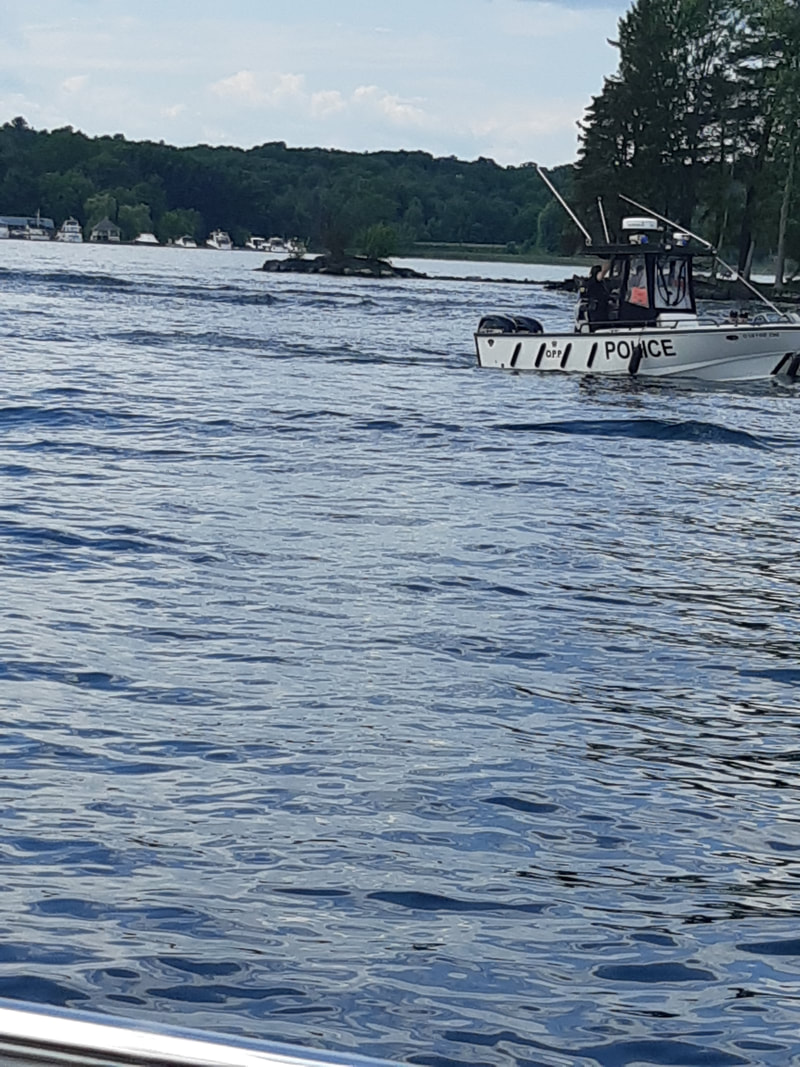
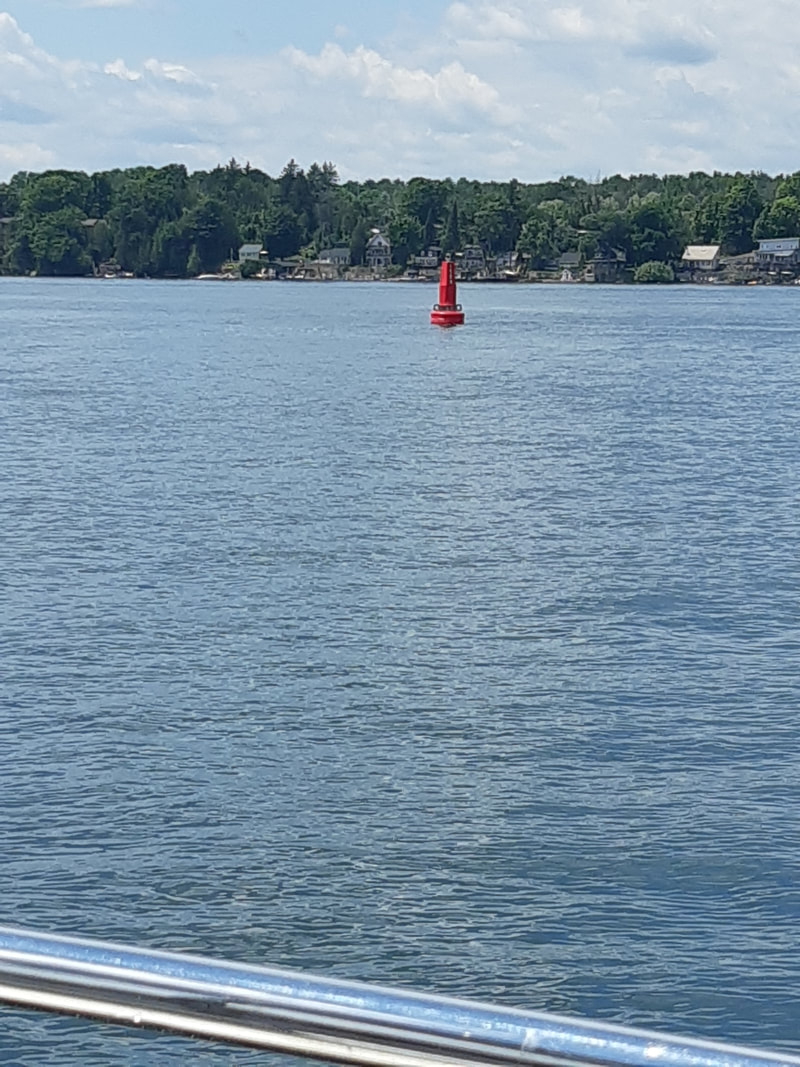
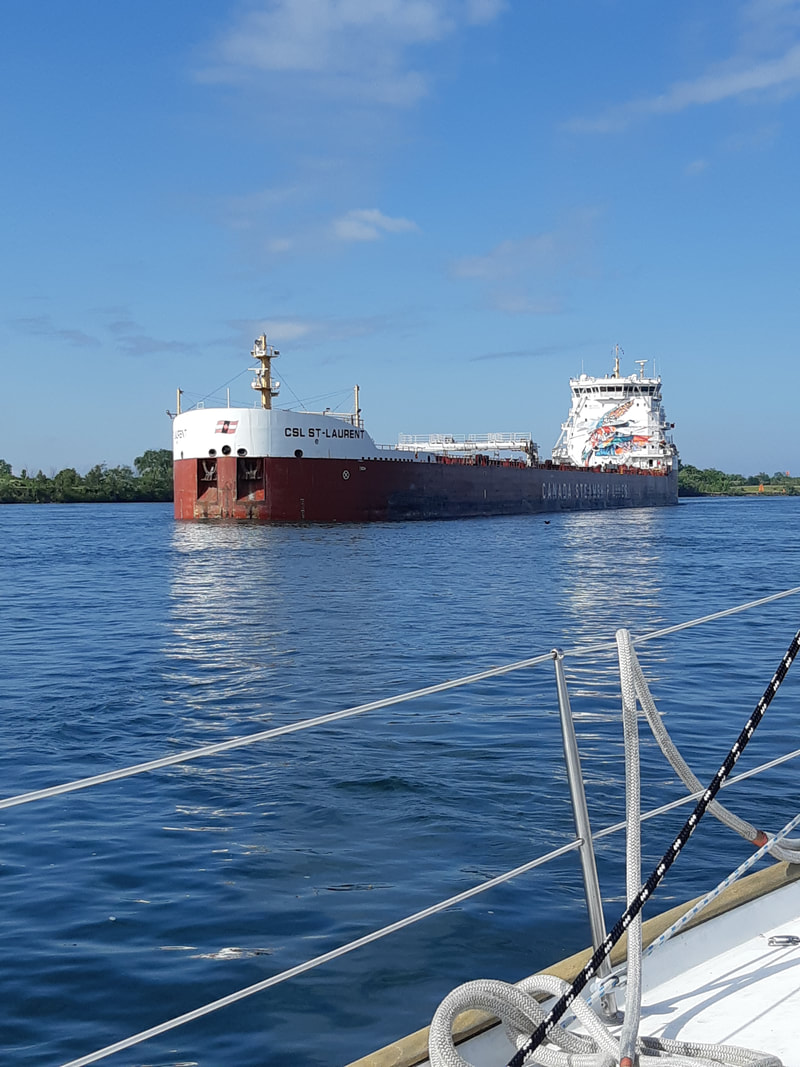
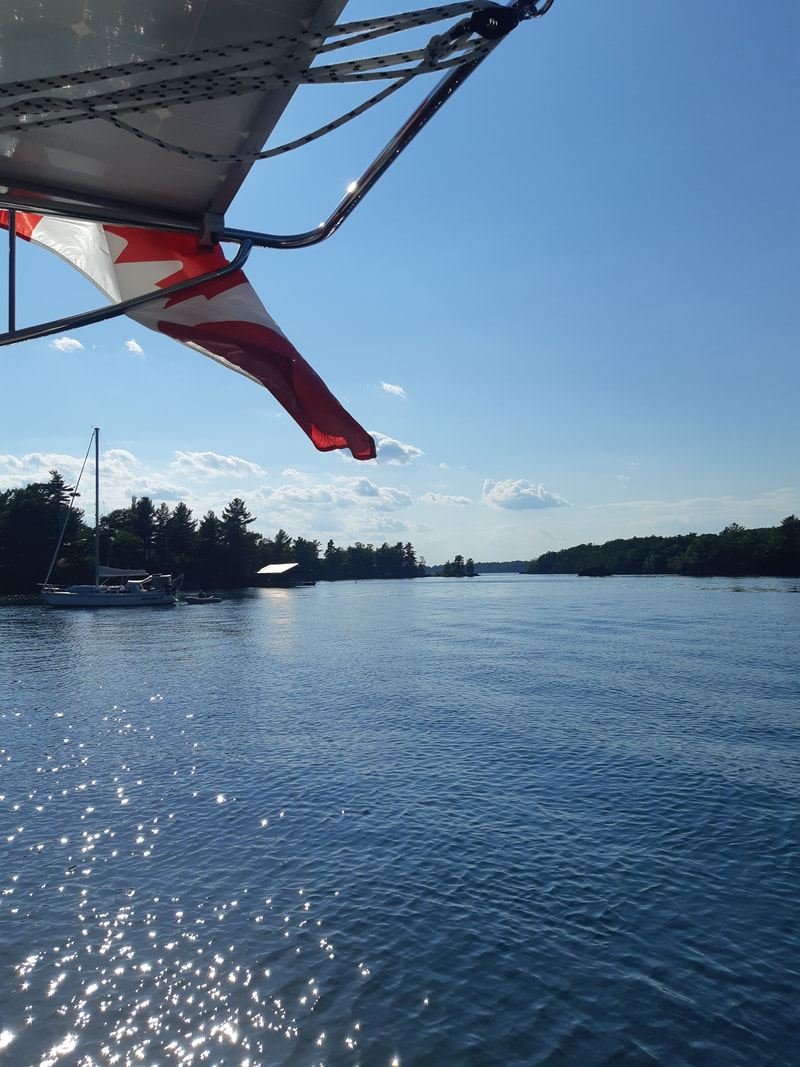
 RSS Feed
RSS Feed
